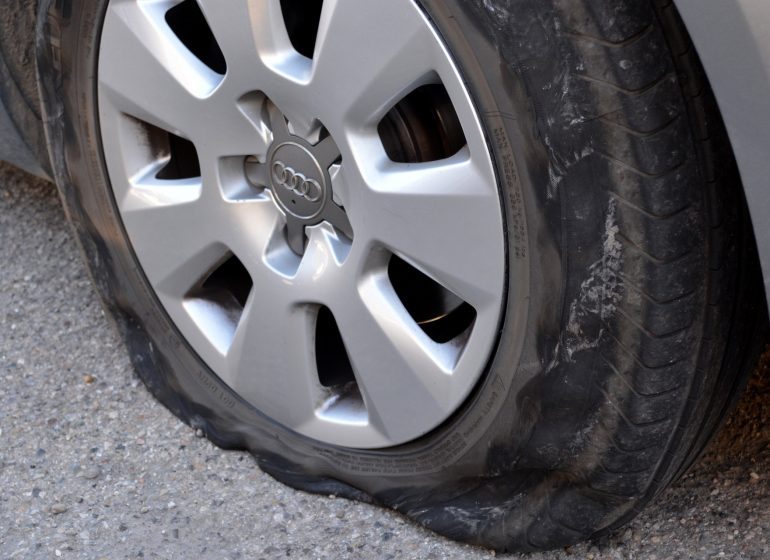There are many reasons why your tyres optimal health and condition is one of the most important aspects of safe driving on Australian roads. Regularly checking that your tyres are at their peak ensures your car is also operating at its best, in terms of its handling, steering, and keeping your most precious cargo (you and your family) as safe as possible while on the road.
It also ensures the longevity of your, often costly new tyres, and that you get maximum mileage out of your tank – and with the exorbitant price of fuel these days, that’s probably reason enough! There are many ways you can ensure you get the most out of your tyres without it costing a cent; and a couple of professional services that are quick and cost very little too.
1. Check your tyre pressure regularly
Tyres lose pressure constantly and to make it even trickier, one of your tyres may lose pressure at a faster rate than the others. Not only will a tyre at the wrong pressure wear out faster, it may also put your safety at risk.
WARNING SIGNS
A lot of newer cars will have a warning light on the dash notifying that one or more of your tyres is unbalancing the car (ie. is marginally lower in pressure or flat). By the time this warning comes on, it’s usually a substantial difference so it’s important that you stop and check it out immediately. If your car does not have this technology, it can be harder to tell but some warning signs are that your car feels a little sluggish, or doesn’t accelerate, handle, brake or steer as well as it usually would.
At the very least, you should be checking your tyre pressure once a month, or every second time you refuel.
How much pressure is ideal?
Every car model and tyre is different, and tyres can also require different pressures depending on whether it’s at the back; or at the front, where the weight of the motor usually is. It’s also important not to exceed the recommended pressure (psi), so you should always check the psi recommendations in your owner’s manual, or on the tyre itself.
Quick Tip: If you don’t have the manual handy, or it’s too dark to find the recommended psi on the tyre, most car makes and models’ manuals are online so use your smartphone to do a google search.
2. Check your tyres tread wear
Tyre treads aren’t just there to look pretty – there’s actually a pretty important role tyre tread plays in road safety! Sufficient tread helps remove water between the tyre and road, ensuring the car remains under control and preventing the risk of aquaplaning. Tread wears out over time and can be accelerated by uneven road surfaces, the tyres design, high-speed driving and hard braking. In New South Wales, the minimum tread depth required before your car becomes unroadworthy is 1.5mm.
WARNING SIGNS:
- Your tyres have less grip with the road and the car seems to slide, especially when taking corners
- The wheels sometimes spin when you take off suddenly
- The car slides to a stop when you brake hard and the wheels have locked – especially in wet weather.
How to check your tread is safe
It’s easy to check the tread wear is at an acceptable standard as most tyres have wear indicator bars located at regular points across the tread.
Ensure that your tread remains higher than the indicators at all points of the tyre – when the tread is level with the indicators, book in for a new set immediately.
VISIBLE SIGNS:
- Visible tread wear bars
- Your tread is less than 1.6mm
- Something’s lodged in the tread
- Tyres are worn on the outside
- Tyres are worn in the centre
- Uneven wear across a single tyre or all tyres
3. Rotate your tyres
Because cars carry different weights at both the front and rear (ie, the motor is usually at the front), your front tyres will usually wear at a quicker rate than the rear tyres. Therefore, rotating your tyres at least every 10,000km (perhaps at each service) will help ensure their longevity and that they wear at the same rate.
Fortunately, this service is usually relatively cheap and quick.
4. Wheel alignment
Equally as important as rotating your tyres, a wheel alignment every 10,000km will ensure optimum handling, tyre longevity and greater fuel efficiency by making sure your tyres are properly aligned with the axles, and in turn, will correct the car’s suspension and steering. Driving over potholes or hitting a curb can push your wheels out of alignment. There are some obvious signs that things are not in alignment. The steering wheel will vibrate at high speeds, or pull to one side.

